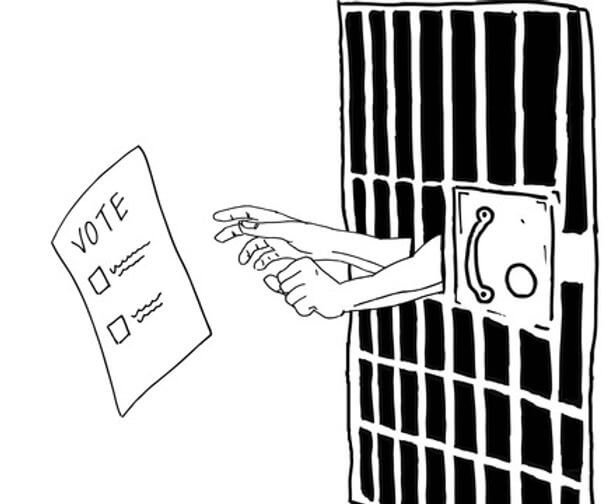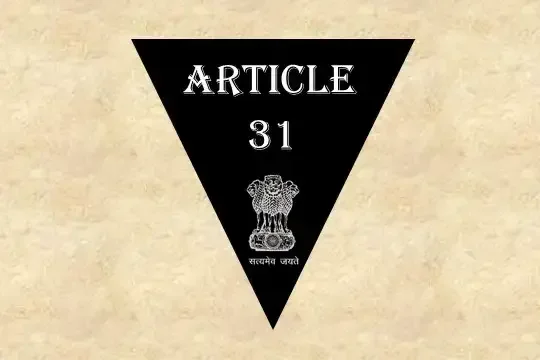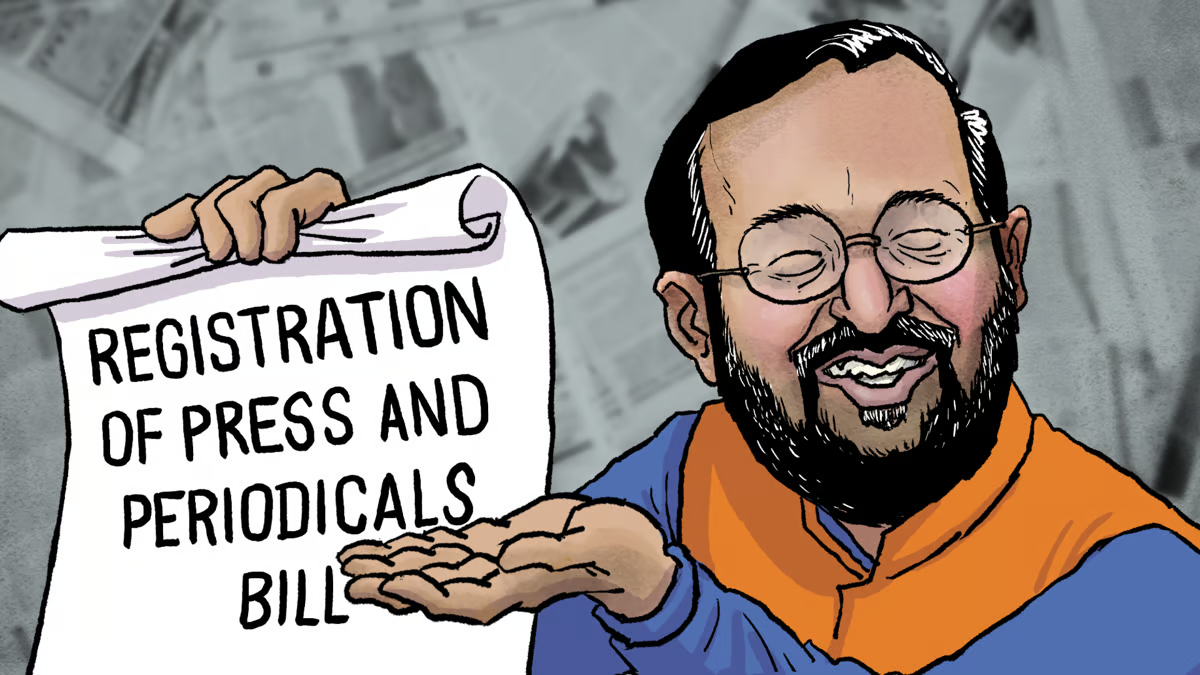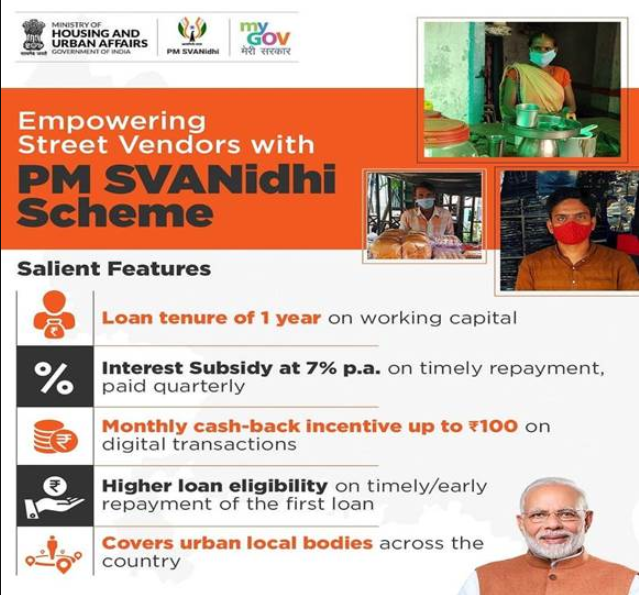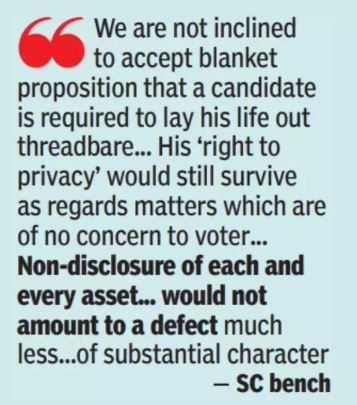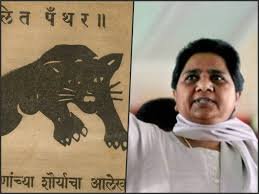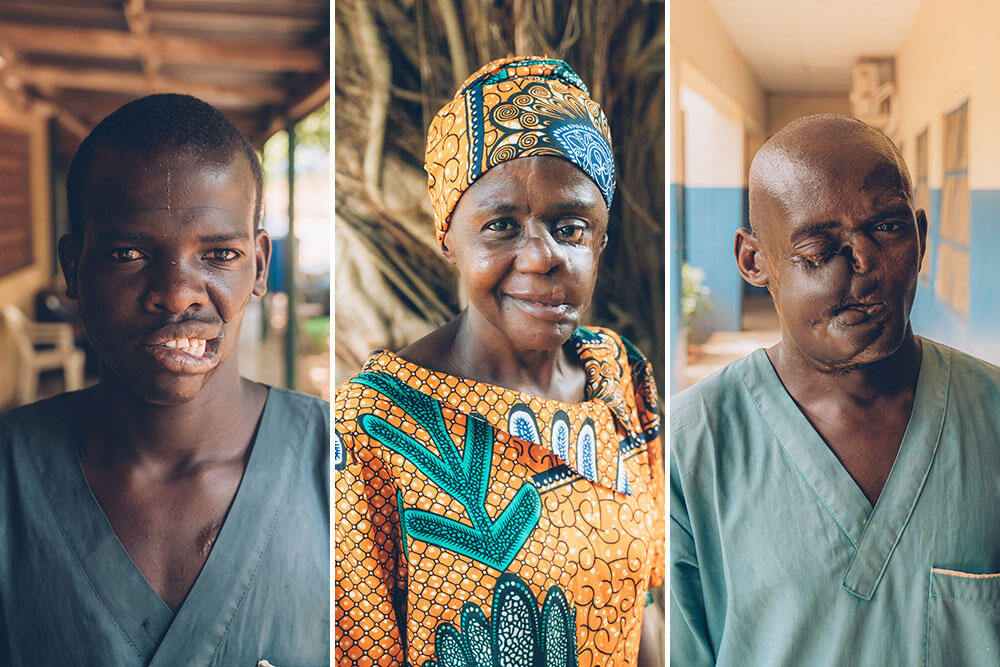
Hindu marriage invalid without Customary Rituals
Subscribers of "Current Affairs" course can Download Daily Current Affairs in PDF/DOC
Subscribe to Never Miss an Important Update! Assured Discounts on New Products!
Must Join PMF IAS Telegram Channel & PMF IAS History Telegram Channel
- Context (TOI I IE): The SC has ruled that adherence to prescribed rituals under the Hindu Marriage Act is essential for the validity of the marriage, even after registration.
- The couple’s marriage was registered under the Hindu Marriage Act, 1955 (HMA), even before they performed the wedding rituals.
SC’s Observations
- Section 7 of the Act lists ‘ceremonies of a Hindu marriage’, which must be complied with for the marriage to be valid. If this is not done, the marriage is not deemed valid in the eye of the law.
- Where a Hindu marriage is not performed in accordance with the applicable rites or ceremonies, such as ‘saptapadi,’ it will not be construed as a Hindu marriage.
- Hindu marriage is a ‘samskara’ and a sacrament that has to be accorded its status as an institution of great value in Indian society.
- A marriage is not a commercial transaction. It is a significant event marking the beginning of a marital bond between a man and a woman, forming the foundation of a family, the fundamental unit of Indian society.
- The Hindu Marriage Act has categorically discarded polyandry, polygamy, and all other such types of relations.
|
What is a Solemnised Marriage?
- Solemnising a marriage refers to the performance of an official marriage ceremony with appropriate rituals.
- Marriage in India is primarily governed by a gamut of personal laws and the Special Marriage Act of 1954 (SMA).
- Personal laws are essentially practices ordained by religion. Each religion has its own set of ‘requirements’ for marriage — a marriage is ‘valid’ when these requirements are met.
- For instance, for Hindus (and Christians), marriage is a sacrament, i.e., a religious bond. Rituals such as kanyadaan, panigrahana, saptapadi, or other local customs solemnise a Hindu marriage.
- For Christians, a ceremony in the Church based on local customs is regarded as a valid marriage.
- Under Muslim law, however, marriage is essentially a contractual obligation.
- A valid marriage requires the consent of both parties in writing and the presence of witnesses.
- In practice, this includes both parties giving vocal consent and signing a nikahnama (Islamic marriage contract) in the presence of witnesses and a Qazi.
What are Registered Marriages?
- Commonly used terms like ‘court marriage’ or ‘registered marriage’ refer to a non-religious or civil marriage under the SMA, a secular law.
- A marriage ‘performed’ under this law is essentially a solemnisation in ‘court’ (a registrar’s office) without any rituals.
- A marriage without any rituals is only valid under the SMA.
- Registration of a marriage, after it is solemnised as per rituals, is different from a registered marriage.
What is the Registration of Marriages?
- Section 8 of the HMA gives powers to the state to register marriages solemnised as per the requirements of Section 7.
- The Indian Christian Marriage Act of 1872 governs Christian marriages, and Muslims use a nikahnama issued by a Qazi to establish marriage terms; despite lacking statutory status, it’s widely adopted.
- Separately, several states, including Assam and Jammu & Kashmir, have their laws for the registration of Muslim marriages and divorce, although their application is scarce.
Laws related to the Registration of Marriages
- Entry 5 and Entry 30 of the Concurrent List in the IC’s Seventh Schedule, jointly or separately, deal with marriage registration.
- The Births, Deaths and Marriages Registration Act of 1886 does not have a robust application to marriage, unlike the effort to record births and deaths.
- States have their laws, and in some states, like Karnataka and Delhi, marriage registration is mandatory.
|
What if a Marriage is not Registered?
- A certificate of marriage registration is helpful for various official purposes where either spouse needs to declare that they are married, such as applying for a spousal visa or joint medical insurance.
- However, not registering a marriage cannot be the sole ground for declaring it invalid since registering a marriage itself does not make it valid.
- A ‘valid’ marriage as per rituals might be vital in determining who is a rightful spouse when there are claims by multiple cohabiting partners.
- These aspects become crucial in bigamy trials and inheritance suits.
|
Proof/Evidence of a Marriage
- A marriage certificate has corroborative value but is not conclusive evidence of marital validity; in contested cases, it alone is insufficient evidence.
- An exception to this is a certificate under the SMA, which is “conclusive” proof of marriage.
- Proof of valid marriage rituals (e.g., photos, witnesses) and long-term cohabitation recognised by family, friends, or children serves as evidence of a valid marriage.
|
- In Muslim and Christian marriages, registration takes place almost immediately after solemnisation with witnesses present, which makes it more reliable as evidence.
- In a Hindu wedding, the priest performing the ceremony does not routinely certify the marriage.
- In law, there exists a general presumption of marriage when a man and woman have cohabited continuously, even if there is no direct evidence of marriage.
- Section 114 of the Indian Evidence Act allows the Court to presume facts based on everyday natural events, human behaviour, and public and private affairs in relation to the case.





![PMF IAS Environment for UPSC 2022-23 [paperback] PMF IAS [Nov 30, 2021]…](https://pmfias.b-cdn.net/wp-content/uploads/2024/04/pmfiasenvironmentforupsc2022-23paperbackpmfiasnov302021.jpg)
